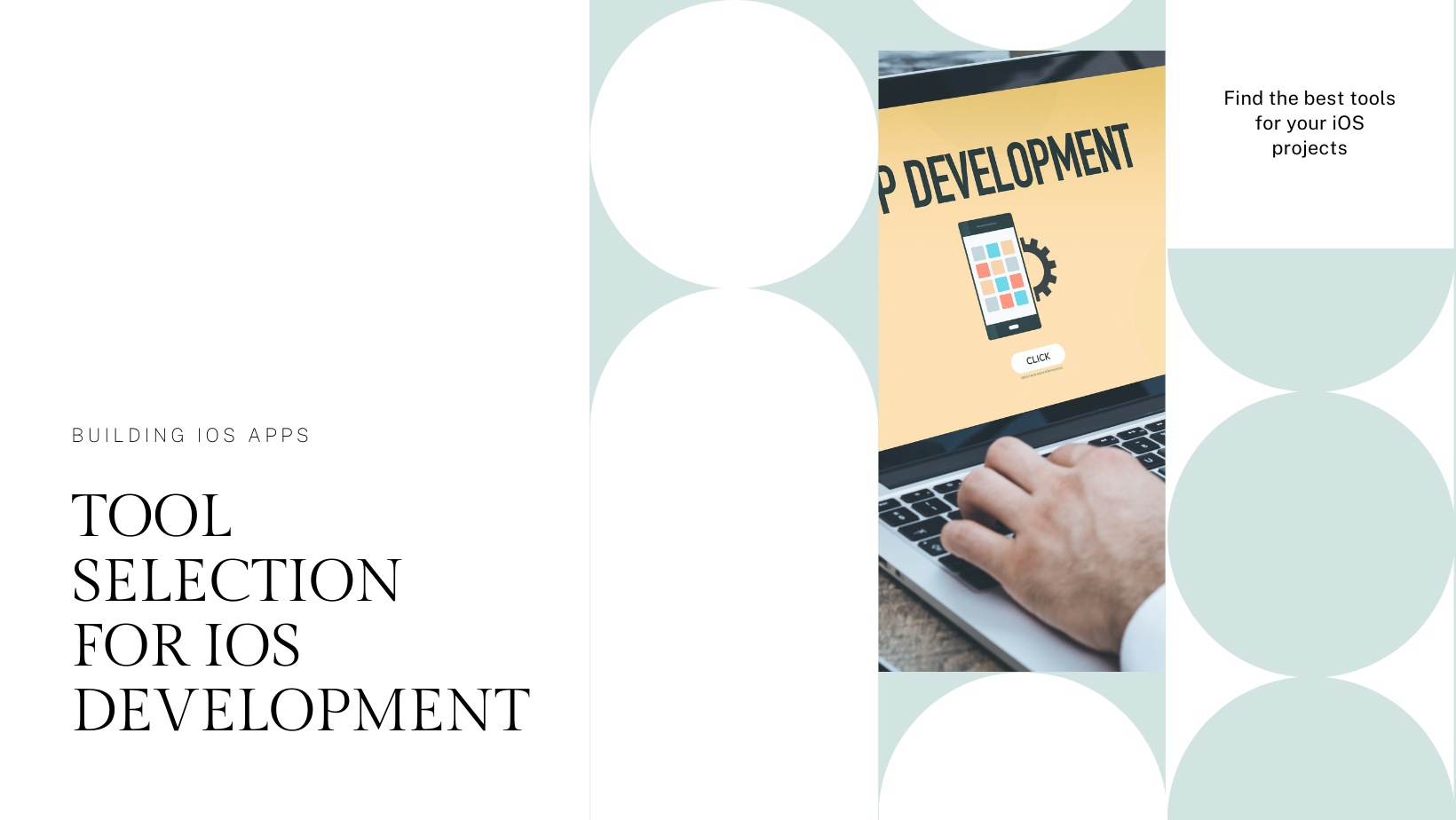Augmented Reality (AR) and Virtual Reality (VR) have emerged as transformative technologies, offering immersive experiences across various industries. Sodio Technologies excels in developing cutting-edge AR/VR applications that not only engage users but also present opportunities for monetization. This blog delves into effective strategies, business models, and practical tips to monetize AR/VR applications successfully.
Understanding AR and VR Monetization
1. Augmented Reality (AR) and Virtual Reality (VR)
AR enhances the user’s real-world environment by overlaying digital content, while VR immerses users in simulated environments through headsets or goggles. Both technologies provide unique opportunities for businesses to create compelling experiences and generate revenue.
2. Sodio Technologies’ Expertise in AR/VR Development
Sodio Technologies leverages its expertise in AR/VR development to create bespoke applications tailored to client needs. From interactive marketing experiences to virtual training simulations, Sodio Technologies integrates innovative solutions that drive engagement and profitability.
Strategies to Monetize AR/VR Applications
1. Paid Apps and Subscriptions
a. Premium Content Access
Offer AR/VR apps for a one-time purchase or subscription fee to access premium content, features, or exclusive experiences. Provide value-added services, such as ad-free viewing, extended functionalities, or early access to updates, to incentivize subscriptions.
b. Freemium Models
Implement a freemium model where basic AR/VR features are available for free, with additional content or advanced features offered through in-app purchases. Provide a seamless user experience with clear upgrade paths to encourage conversions.
2. In-App Purchases and Virtual Goods
a. Virtual Merchandise and Accessories
Introduce virtual goods, such as custom avatars, virtual clothing, or digital assets within AR/VR environments. Enable users to purchase and personalize virtual items to enhance their digital experiences.
b. In-Game Purchases
Integrate in-game purchases for AR/VR gaming applications, offering cosmetic upgrades, power-ups, or virtual currency. Implement gamification elements to drive engagement and encourage repeat transactions.
3. Advertising and Sponsorships
a. Branded Experiences
Partner with brands to create immersive branded experiences within AR/VR applications. Offer sponsored content, product placements, or interactive advertisements that align with user interests and enhance brand visibility.
b. Interstitial Ads and Sponsored Challenges
Monetize AR/VR apps through interstitial ads or sponsored challenges that reward users with virtual currency, exclusive content, or discounts upon completion. Ensure ads are non-intrusive and integrated seamlessly into the user experience.
Practical Tips for AR/VR Monetization Success
1. Market Research and Audience Segmentation
Conduct market research to identify target demographics, user preferences, and spending behaviors within the AR/VR market. Segment audiences based on usage patterns, engagement levels, and willingness to pay for premium content.
2. Optimized User Experience (UX)
Prioritize UX design to deliver intuitive navigation, seamless interactions, and immersive storytelling within AR/VR applications. Minimize friction during the purchasing process and provide clear value propositions to enhance user satisfaction and retention.
3. Iterative Testing and Performance Optimization
Continuously test AR/VR applications across different devices, platforms, and user scenarios to optimize performance, stability, and compatibility. Gather user feedback to refine features, address technical issues, and improve overall app monetization strategies.
Future Trends and Opportunities in AR/VR Monetization
1. Integration with Emerging Technologies
Explore opportunities to integrate AR/VR with emerging technologies, such as Artificial Intelligence (AI), Blockchain, or Internet of Things (IoT), to unlock new monetization avenues and enhance user engagement.
2. Subscription-Based Models
Embrace subscription-based models for AR/VR applications, offering ongoing value through regular updates, new content releases, and enhanced user experiences. Leverage data analytics to personalize subscriptions and optimize revenue streams.
Conclusion: Driving Revenue with AR/VR Innovation
Sodio Technologies continues to lead the AR/VR landscape by innovating and implementing effective monetization strategies. By adopting diverse revenue models, optimizing user experiences, and embracing technological advancements, businesses can capitalize on the immersive potential of AR/VR to generate sustainable revenue streams and drive long-term growth.






